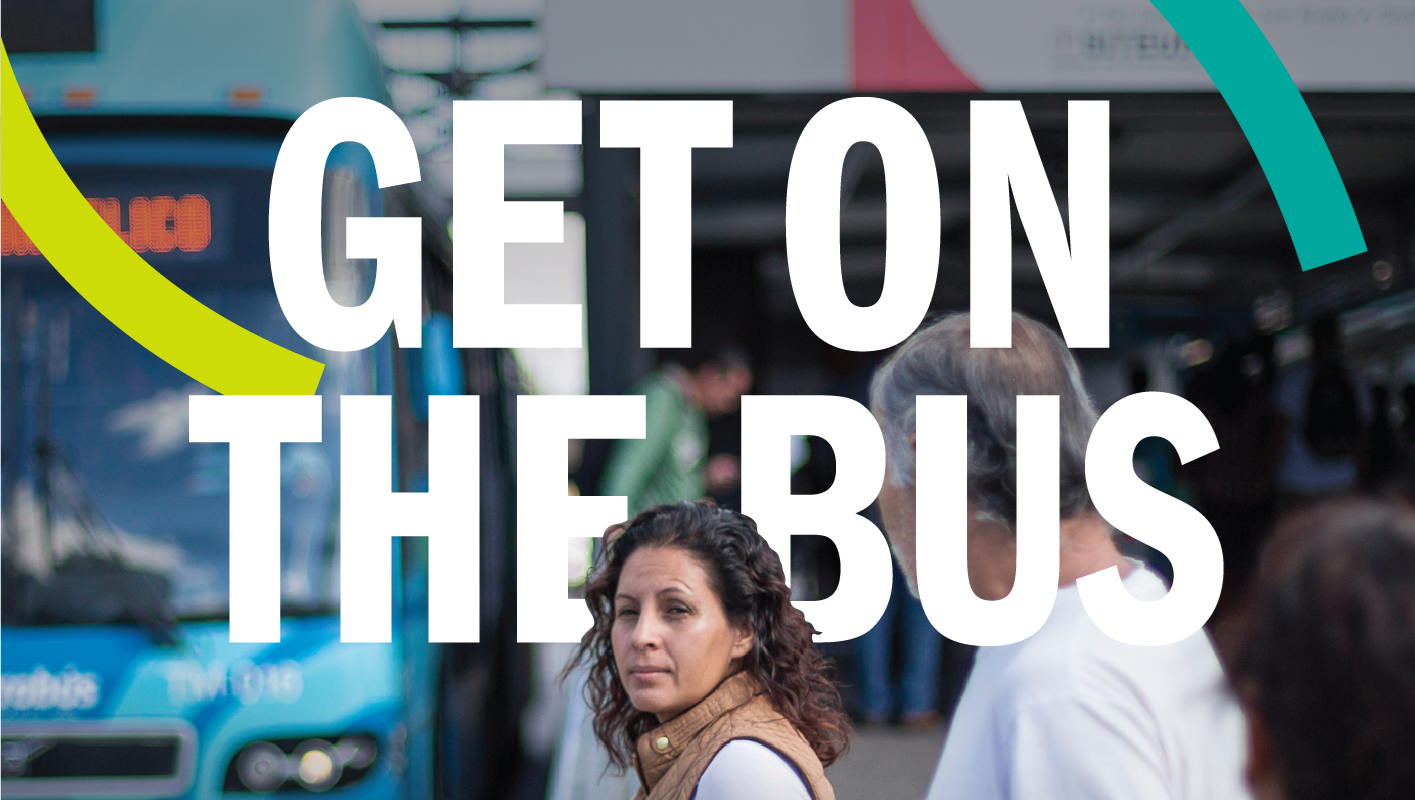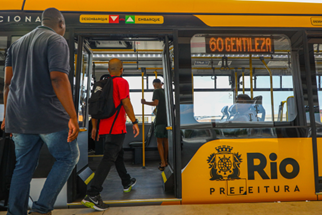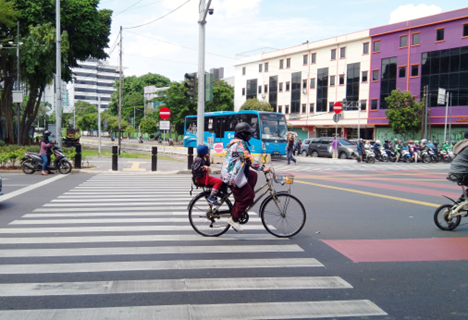December 14, 2024
Get On the Bus with ITDP

The devastating impacts of the climate crisis are now a reality for all of us. Without immediate action to significantly reduce carbon emissions, especially from gas-guzzling cars, we risk a future defined by extreme weather and environmental upheaval. The transport sector contributes approximately one quarter of all energy related greenhouse gas emissions, yet most cities insist on continuing to prioritize private cars over the movement of people on sustainable transport.
In fact, according to the UN, getting people out of cars and onto public transport can reduce carbon emissions by up to two-thirds. That is why it is imperative that cities rapidly expand efficient and sustainable mobility options — particularly buses — while also ensuring they are safe and easy to use. Buses are the most common form of public transport across the world, so it makes sense to prioritize them. Electrifying bus fleets can further amplify these benefits, reducing air pollution and greenhouse gas emissions while improving the health and quality of life in urban communities. Compared to car-oriented investments, sustainable systems like bus rapid transit (BRT) are not only more reliable, scalable and faster to implement, but also capable of accommodating large numbers of passengers and delivering high value at low cost.
ITDP continues to work tirelessly to ensure cities have more accessible buses, more riders, and less emissions. Since our founding, ITDP has supported the development of over 2,500 kilometers of BRT corridors. By investing in widespread bus systems that seamlessly connect to safe, accessible cycling and walking infrastructure, we can move more people efficiently without relying on polluting cars. Ensuring we prioritize the needs of all residents will also empower them to more easily choose low-emission mobility.

Buses are Booming in Rio de Janeiro, Brazil
Earlier this year, Rio de Janeiro marked a major milestone towards reducing emissions with an important expansion of its bus rapid transit (BRT) system. The new TransBrasil corridor will enable 250,000 more people to ride sustainable transport by 2030. ITDP played a crucial role in making the bus system easy and attractive for everyone to use, with clear connections between bus stations, safe pedestrian crossings, and protected bike lanes.
By providing residents with extensive options for accessing the bus, the city is leading the way to reduce reliance on polluting cars. These initiatives in cities like Rio are just the beginning. Will you give now to help more cities around the world follow Rio’s lead in slashing emissions? Your support is essential for building a sustainable future.

Jakarta’s Clean Transport Journey
Jakarta, Indonesia is making strides in expanding bus services and becoming leaders in the rollout of electric buses as a convenient and sustainable alternative to high-emission private vehicles. ITDP is a key partner supporting the transition to an electrified Transjakarta bus fleet, which is projected to reduce greenhouse gas emissions by nearly 60% by 2030, compared to a business-as-usual scenario where buses continue to rely on fossil fuels.
With more bus passengers comes more climate benefits – ITDP played a key role in helping Transjakarta reach its ambitious goal of 1.1 million daily passengers, a remarkable 54% increase in ridership over just nine years. This growth has been achieved in part by making buses more accessible and responsive to the needs of all residents, through improved walking and cycling connections and enhanced safety measures. The future of urban transportation is one where zero-emission buses, cycling, and walking are prioritized. Your support is crucial to continuing this essential work and helping more cities implement robust public transport strategies.
Please consider making a $45 gift to advance this change during this pivotal moment for our climate and our future.
